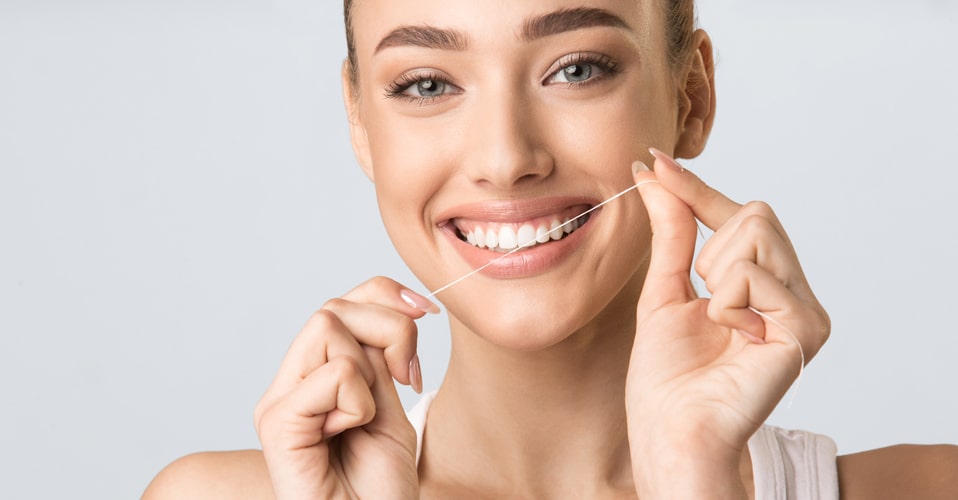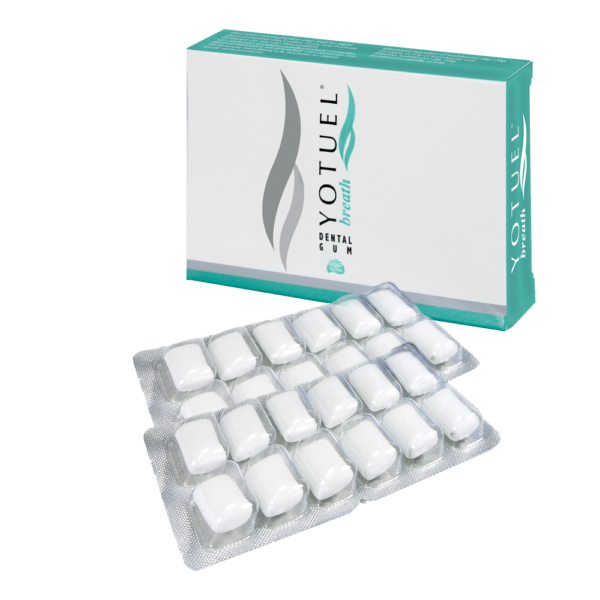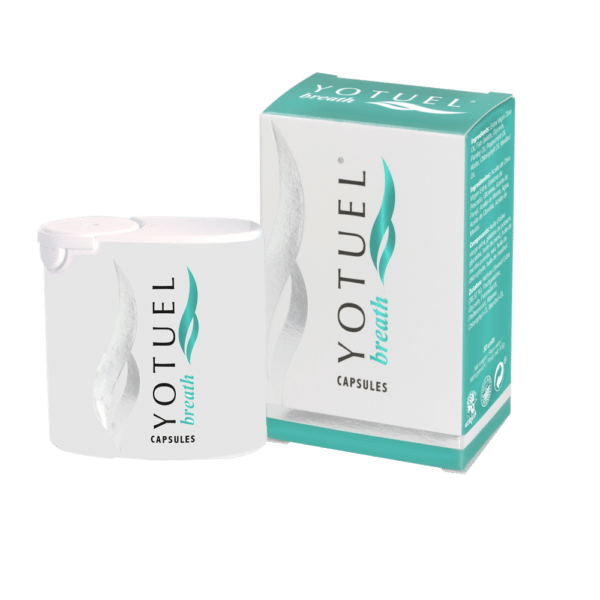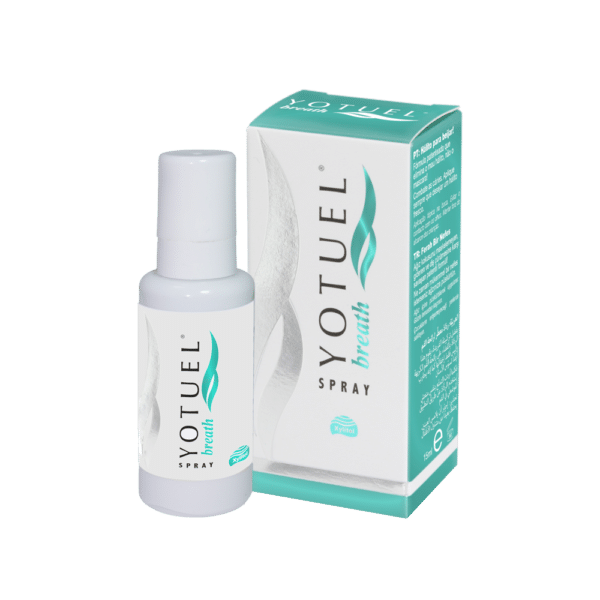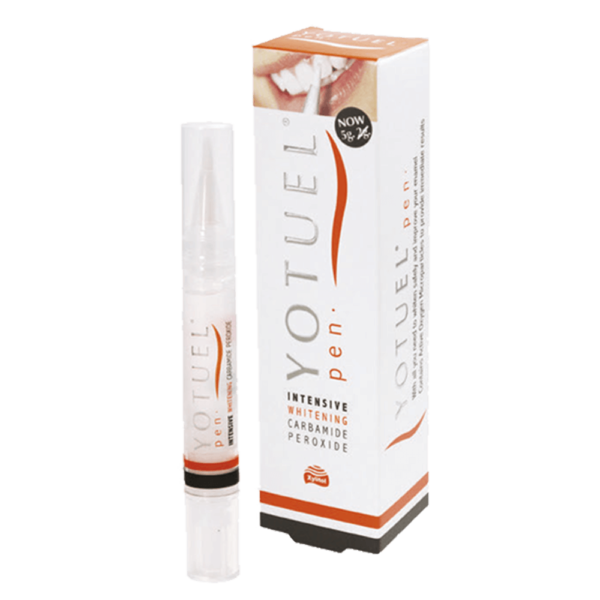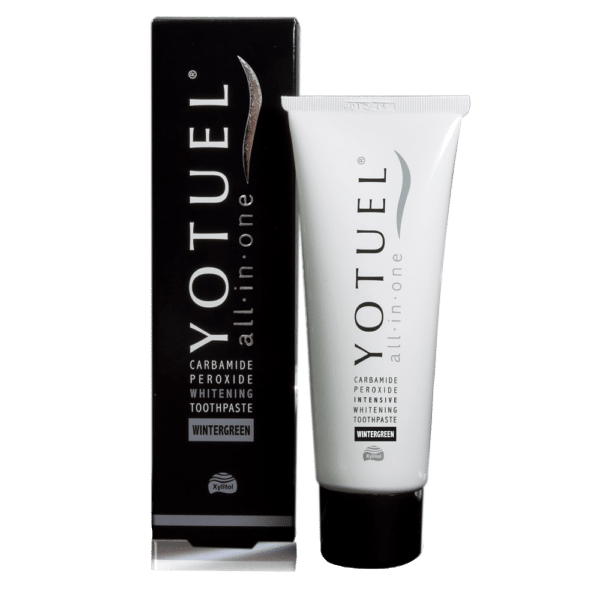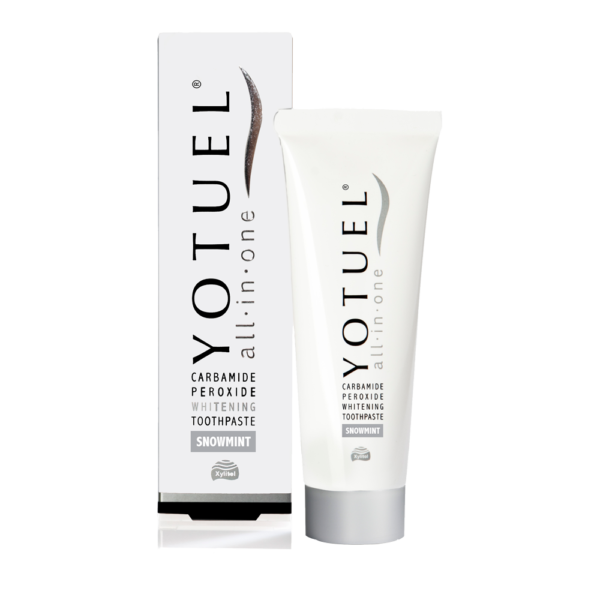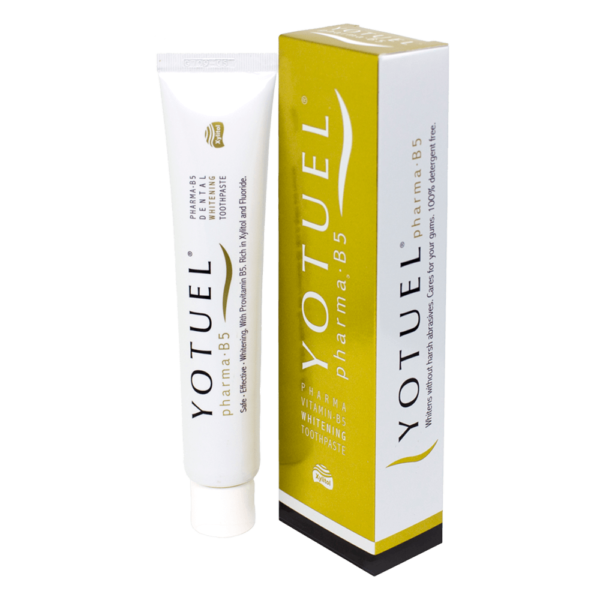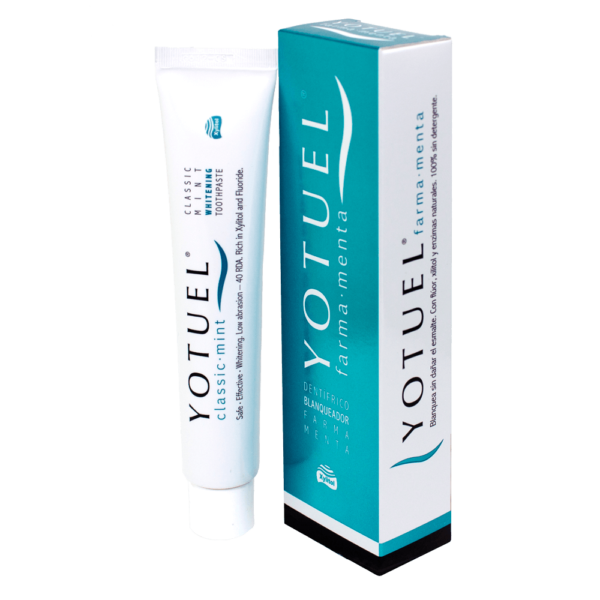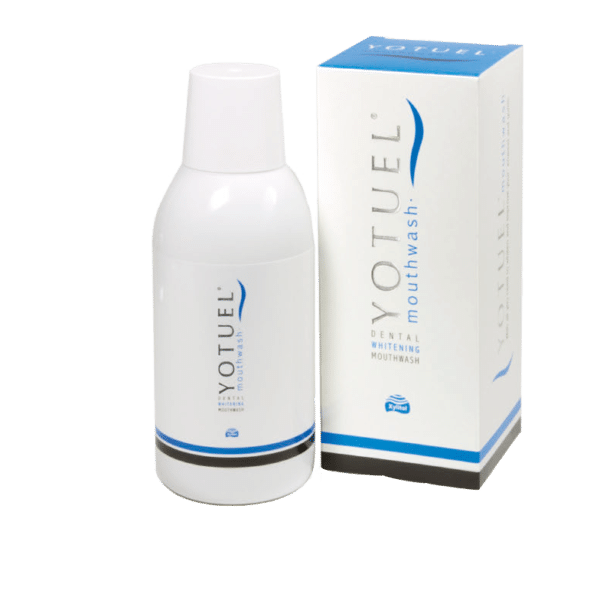What is the correct way to floss?
Flossing is the perfect complement to accompany your brushing and mouthwash. Helps remove food debris where the brush cannot reach, such as under the gum or between the teeth. In addition, it also removes plaque that may be between the teeth and for all these reasons it is the best ally to avoid the accumulation of tartar and the appearance of cavities produced by bacteria that we do not remove from the mouth with ordinary brushing.
Dental hygiene professionals and dentists emphasise that dental floss is one of the elements that makes a difference in the daily care of teeth and that its combination with the appropriate toothpaste and a mouthwash that eliminates bacterial plaque can avoid many problems and ensure a healthy smile.
To introduce it into your oral hygiene routine, the first thing you should do is learn to use it correctly, since misuse of dental floss can cause injuries and wounds to the mouth and gums.
1. So from Yotuel we want to give you instructions on how to use it correctly, so take note:
2. The first thing is the length of the thread, you must cut about 45 centimetres and wrap most of it on the ring finger, leaving about 5 centimetres free to use.
3. Once you have prepared the dental floss, you must hold it between the thumbs and index fingers to insert it between the teeth. Glide the thread up and down gently, never using too much force, as you could injure yourself and cause the gums to bleed.
4. Curl the floss around the base of each tooth, making sure that the floss passes under the gum.
5. Use a new section of floss for each tooth. To do this, as you change teeth, unwind the thread from your ring finger. You should not reuse the floss for different teeth.
6. When you have to remove the floss from between the teeth, make sure to do it with movements from back to front while you lower the dental floss and check that it slides smoothly, which indicates that there is no rest of food.
What type of dental floss should I use?
Depending on your teeth and the sensitivity of your gums, you should choose one dental floss or another. For example, people with orthodontics or implants should be more careful with the dental floss they choose, since they have different needs and should be more careful when applying their dental hygiene routine. Therefore, depending on your teeth, we recommend different types of dental floss so that you can choose the one that best suits your situation.
Finally, our recommendation for people with implants is the DF 846 IMPLANT THREAD. It is an elastic microfibre silk that has 2 threaders on each side of the silk, which makes it much easier to handle and achieve good results.
So now you know, if you are not used to flossing after brushing it is time to introduce it into your routine and complete it with a dental rinse that leaves you with a fresh, clean and healthy mouth.


